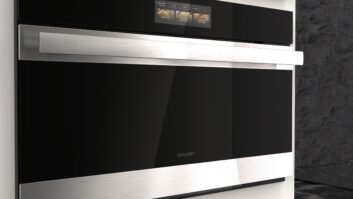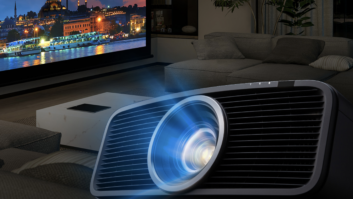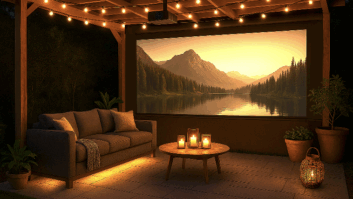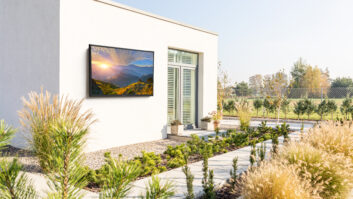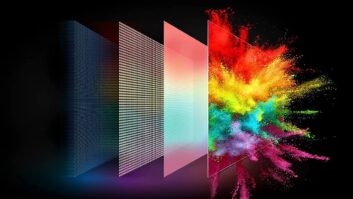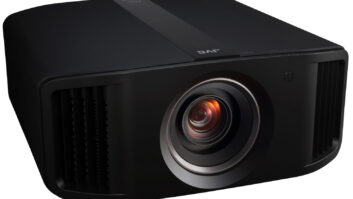Wayne, N.J. – JVC introduced two new LCD TVs employing a new high-speed 120 frames per second (120Hz refresh) rate to enhance image clarity even in fast motion sequences.
The sets, which will be offered in the 32W-inch and 37W-inch screen sizes, incorporate JVC’s Clear Motion Drive technology, which was first announced by JVC last fall in Japan.
The technology produces clear images with more than double the typical frame rate of LCD TVs, in part by inserting an interpolated image algorithm into frame sequences to reduce blurring or ghost images that are common in fast action scenes on many LCD TVs. An interpolated image, displaying two frames — the original plus the new interpolated frame — is presented in the time a typical 60Hz set displays a single frame, JVC said.
Response times on both sets is said to be 6ms, which also helps with image clarity, but JVC said there are diminishing returns when increasing LCD response times further.
JVC said the Clear Motion Drive technology will be included in the forthcoming 37W-inch LT-37X987, which will ship in August at a $2,700 suggested retail, and in the 32W-inch LT-32X987, which will ship in October at a $2,000 suggested retail.
Both sets offer 1,366 by 768p native resolution and JVC’s fifth-generation Digital Image Scaling Technology and Genessa 32-bit CPU video processing, to scale any video image to fit the pixel requirements of the screen.
Other features in both sets include ATSC/QAM/NTSC tuning, digital 3D Y/C comb filter with DTV cross color elimination, digital noise reduction, and MPEG noise reduction. Inputs include two HDMI, two HD component video, two S-Video, and a 15-pin D-Sub for PCs.
Cosmetics include a new black cabinet with a narrow black frame around the screen, including the bottom where many other LCD TV cabinets are wider to accommodate speakers.
JVC said it solved the wider bottom frame design issue by mounting the speakers behind the lower portion of the screen and porting the sound through a slot that runs the full width of the cabinet, just below the screen.
Audio is handled through a 20-watt amp, oblique cone speaker design and MaxxBass technology, which uses digital signal processing to extend the perceived bass performance.




